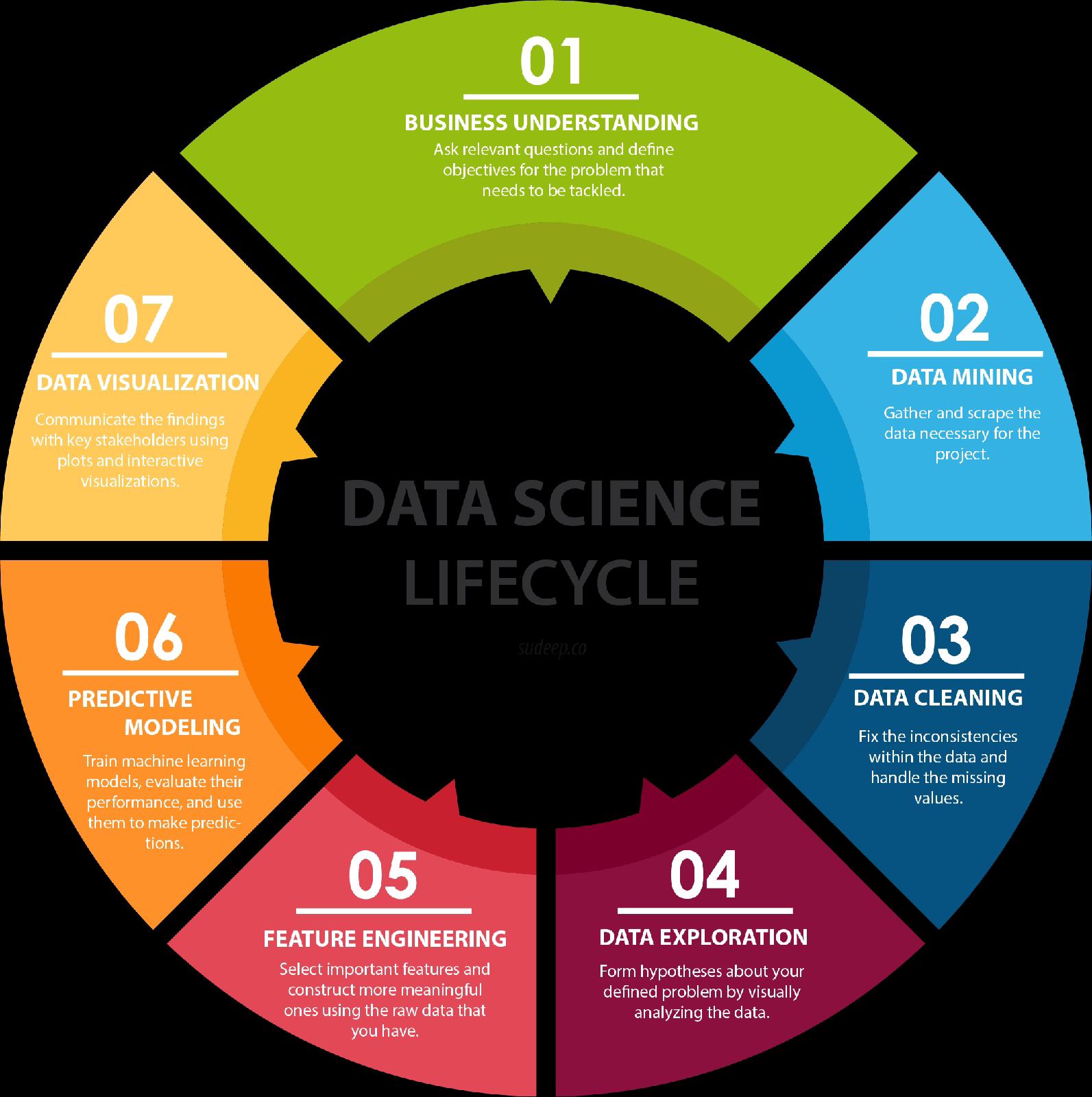मेरी छोटी बुआ...!!
रक्षाबंधन का त्यौहार पास आते ही मुझे सबसे ज्यादा जमशेदपुर (झारखण्ड )वाली बुआ जी की राखी के कूरियर का इन्तेज़ार रहता था.
कितना बड़ा पार्सल भेजती थी बुआ जी.
तरह-तरह के विदेशी ब्रांड वाले चॉकलेट,गेम्स, मेरे लिए कलर फूल ड्रेस , मम्मी के लिए साड़ी, पापाजी के लिए कोई ब्रांडेड शर्ट.
इस बार भी बहुत सारा सामान भेजा था उन्होंने.
पटना और रामगढ़ वाली दोनों बुआ जी ने भी रंग बिरंगी राखीयों के साथ बहुत सारे गिफ्टस भेजे थे.
बस रोहतास वाली जया बुआ की राखी हर साल की तरह एक साधारण से लिफाफे में आयी थी.
पांच राखियाँ, कागज के टुकड़े में लपेटे हुए रोली चावल और पचास का एक नोट.
मम्मी ने चारों बुआ जी के पैकेट डायनिंग टेबल पर रख दिए थे ताकि पापा ऑफिस से लौटकर एक नजर अपनी बहनों की भेजी राखियां और तोहफे देख लें...
पापा रोज की तरह आते ही टी टेबल पर लंच बॉक्स का थैला और लैपटॉप की बैग रखकर सोफ़े पर पसर गए थे.
"चारो दीदी की राखियाँ आ गयी है...
मम्मी ने पापा के लिए किचन में चाय चढ़ाते हुए आवाज लगायी थी...
"जया का लिफाफा दिखाना जरा...
पापा जया बुआ की राखी का सबसे ज्यादा इन्तेज़ार करते थे और सबसे पहले उन्हीं की भेजी राखी कलाई में बांधते थे....
जया बुआ सारे भाई बहनो में सबसे छोटी थी पर एक वही थी जिसने विवाह के बाद से शायद कभी सुख नहीं देखा था.
विवाह के तुरंत बाद देवर ने सारा व्यापार हड़प कर घर से बेदखल कर दिया था.
तबसे फ़ूफा जी की मानसिक हालत बहुत अच्छी नहीं थी. मामूली सी नौकरी कर थोड़ा बहुत कमाते थे .
बेहद मुश्किल से बुआ घर चलाती थी.
इकलौते बेटे श्याम को भी मोहल्ले के साधारण से स्कूल में डाल रखा था. बस एक उम्मीद सी लेकर बुआ जी किसी तरह जिये जा रहीं थीं...
जया बुआ के भेजे लिफ़ाफ़े को देखकर पापा कुछ सोचने लगे थे...
"गायत्री इस बार रक्षाबंधन के दिन हम सब सुबह वाली पैसेंजर ट्रेन से जया के घर रोहतास (बिहार )उसे बगैर बताए जाएंगे...
"जया दीदी के घर..!!
मम्मी तो पापा की बात पर एकदम से चौंक गयी थी...
"आप को पता है न कि उनके घर मे कितनी तंगी है...
हम तीन लोगों का नास्ता-खाना भी जया दीदी के लिए कितना भारी हो जाएगा....वो कैसे सबकुछ मैनेज कर पाएगी.
पर पापा की खामोशी बता रहीं थीं उन्होंने जया बुआ के घर जाने का मन बना लिया है और घर मे ये सब को पता था कि पापा के निश्चय को बदलना बेहद मुश्किल होता है...
रक्षाबंधन के दिन सुबह वाली धनबाद टू डेहरी ऑन सोन पैसेंजर से हम सब रोहतास पहुँच गए थे.
बुआ घर के बाहर बने बरामदे में लगी नल के नीचे कपड़े धो रहीं थीं....
बुआ उम्र में सबसे छोटी थी पर तंग हाली और रोज की चिंता फिक्र ने उसे सबसे उम्रदराज बना दिया था....
एकदम पतली दुबली कमजोर सी काया. इतनी कम उम्र में चेहरे की त्वचा पर सिलवटें साफ़ दिख रहीं थीं...
बुआ की शादी का फोटो एल्बम मैंने कई बार देखा था. शादी में बुआ की खूबसूरती का कोई ज़वाब नहीं था. शादी के बाद के ग्यारह वर्षो की परेशानियों ने बुआ जी को कितना बदल दिया था.
बेहद पुरानी घिसी सी साड़ी में बुआ को दूर से ही पापा मम्मी कुछ क्षण देखे जा रहे थे...
पापा की आंखे डब डबा सी गयी थी.
हम सब पर नजर पड़ते ही बुआ जी एकदम चौंक गयी थी.
उन्हें समझ नहीं आ रहा था कि वो कैसे और क्या प्रतिक्रिया दे.
अपने बिखरे बालों को सम्भाले या अस्त व्यस्त पड़े घर को दुरुस्त करे.उसके घर तो बर्षों से कोई मेहमान नहीं आया था...
वो तो जैसे जमाने पहले भूल चुकी थी कि मेहमानों को घर के अंदर आने को कैसे कहा जाता है...
बुआ जी के बारे मे सब बताते है कि बचपन से उन्हें साफ सफ़ाई और सजने सँवरने का बेहद शौक रहा था....
पर आज दिख रहा था कि अभाव और चिंता कैसे इंसान को अंदर से दीमक की तरह खा जाती है...
अक्सर बुआ जी को छोटी मोटी जरुरतों के लिए कभी किसी के सामने तो कभी किसी के सामने हाथ फैलाना होता था...
हालात ये हो गए थे कि ज्यादातर रिश्तेदार उनका फोन उठाना बंद कर चुके थे.....
एक बस पापा ही थे जो अपनी सीमित तनख्वाह के बावजूद कुछ न कुछ बुआ को दिया करते थे...
पापा ने आगे बढ़कर सहम सी गयी अपनी बहन को गले से लगा लिया था.....
"भैया भाभी मन्नू तुम सब अचानक आज ?
सब ठीक है न...?
बुआ ने कांपती सी आवाज में पूछा था...
"आज वर्षों बाद मन हुआ राखी में तुम्हारे घर आने का..
तो बस आ गए हम सब...
पापा ने बुआ को सहज करते हुए कहा था.....
"भाभी आओ न अंदर....
मैं चाय नास्ता लेकर आती हूं...
जया बुआ ने मम्मी के हाथों को अपनी ठण्डी हथेलियों में लेते हुए कहा था.
"जया तुम बस बैठो मेरे पास. चाय नास्ता गायत्री देख लेगी."
हमलोग बुआ जी के घर जाते समय रास्ते मे रूककर बहुत सारी मिठाइयाँ और नमकीन ले गए थे......
मम्मी किचन में जाकर सबके लिए प्लेट लगाने लगी थी...
उधर बुआ कमरे में पुरानी फटी चादर बिछे खटिया पर अपने भैया के पास बैठी थीं....
बुआ जी का बेटा श्याम दोड़ कर फ़ूफा जी को बुला लाया था.
राखी बांधने का मुहूर्त शाम सात बजे तक का था.मम्मी अपनी ननद को लेकर मॉल चली गयी थी सबके लिए नए ड्रेसेस खरीदने और बुआ जी के घर के लिए किराने का सामान लेने के लिए....
शाम होते होते पूरे घर का हुलिया बदल गया था
नए पर्दे, बिस्तर पर नई चादर, रंग बिरंगे डोर मेट, और सारा परिवार नए ड्रेसेस पहनकर जंच रहा था.
न जाने कितने सालों बाद आज जया बुआ की रसोई का भंडार घर लबालब भरा हुआ था....
धीरे धीरे एक आत्म विश्वास सा लौटता दिख रहा था बुआ के चेहरे पर....
पर सच तो ये था कि उसे अभी भी सब कुछ स्वप्न सा लग रहा था....
बुआ जी ने थाली में राखियाँ सज़ा ली थी
मिठाई का डब्बा रख लिया था
जैसे ही पापा को तिलक करने लगी पापा ने बुआ को रुकने को कहा.
सभी आश्चर्यचकित थे...
" दस मिनट रुक जाओ तुम्हारी दूसरी बहनें भी बस पहुँचने वाली है. "
पापा ने मुस्कुराते हुए कहा तो सभी पापा को देखते रह गए....
तभी बाहर दरवाजे पर गाड़ियां के हॉर्न की आवाज सुनकर बुआ ,मम्मी और फ़ूफ़ा जी दोड़ कर बाहर आए तो तीनों बुआ का पूरा परिवार सामने था....
जया बुआ का घर मेहमानों से खचाखच भर गया था.
महराजगंज वाली नीलम बुआ बताने लगी कि कुछ समय पहले उन्होंने पापा को कहा था कि क्यों न सब मिलकर चारो धाम की यात्रा पर निकलते है...
बस पापा ने उस दिन तीनों बहनो को फोन किया कि अब चार धाम की यात्रा का समय आ गया है..
पापा की बात पर तीनों बुआ सहमत थी और सबने तय किया था कि इस बार जया के घर सब जमा होंगे और थोड़े थोड़े पैसे मिलाकर उसकी सहायता करेंगे.
जया बुआ तो बस एकटक अपनी बहनों और भाई के परिवार को देखे जा रहीं थीं....
कितना बड़ा सरप्राइस दिया था आज सबने उसे...
सारी बहनो से वो गले मिलती जा रहीं थीं...
सबने पापा को राखी बांधी....
ऐसा रक्षाबन्धन शायद पहली बार था सबके लिए...
रात एक बड़े रेस्त्रां में हम सभी ने डिनर किया....
फिर गप्पे करते जाने कब काफी रात हो चुकी थी....
अभी भी जया बुआ ज्यादा बोल नहीं रहीं थीं.
वो तो बस बीच बीच में छलक आते अपने आंसू पोंछ लेती थी.
बीच आंगन में ही सब चादर बिछा कर लेट गए थे...
जया बुआ पापा से किसी छोटी बच्ची की तरह चिपकी हुई थी...
मानो इस प्यार और दुलार का उसे वर्षों से इन्तेज़ार था.
बातें करते करते अचानक पापा को बुआ का शरीर एकदम ठंडा सा लगा तो पापा घबरा गए थे...
सारे लोग जाग गए पर जया बुआ हमेशा के लिए सो गयी थी....
पापा की गोद में एक बच्ची की तरह लेटे लेटे वो विदा हो चुकी ..
पता नही कितने दिनों से बीमार थीं....
और आज तक किसी से कही भी नही थीं...
आज सबसे मिलने का ही आशा लिये जिन्दा थीं शायद...!!











